 Recycling old magnets, so that rare-earth metals can be re-used, could help to solve an urgent raw material supply problem in the electronics industry. Researchers from the University of Leuven, Belgium, have used ionic liquids to separate neodymium and samarium from transition metals like iron, manganese and cobalt – all elements that are used in the construction of permanent rare-earth magnets, which are found in electronic devices ranging from hard drives to air conditioners and wind turbines.
Recycling old magnets, so that rare-earth metals can be re-used, could help to solve an urgent raw material supply problem in the electronics industry. Researchers from the University of Leuven, Belgium, have used ionic liquids to separate neodymium and samarium from transition metals like iron, manganese and cobalt – all elements that are used in the construction of permanent rare-earth magnets, which are found in electronic devices ranging from hard drives to air conditioners and wind turbines.
‘The process involves the liquid-liquid extraction of rare-earth metals from the other elements present in neodymium-iron-boron and samarium-cobalt magnets,’ explains Koen Binnemans who leads the group developing the process. ‘These other elements – including iron, cobalt, manganese, copper and zinc – are extracted into the ionic-liquid phase, while the rare-earth metals are left behind in the aqueous phase,’ he says, adding that the ionic liquid itself – trihexyl(tetradecyl)phosphonium chloride – can also be re-used, after the transition metals have been stripped out.
In traditional liquid-liquid extractions of metal ions, an aqueous phase containing the metal salt is mixed with an organic phase containing an extraction agent. Simple though they are, these processes use organic phases comprising flammable and volatile solvents, like toluene, kerosene or diethyl ether. Ionic liquids are far more environmentally friendly, having very low vapour pressure and non-flammability.
Read the full article in Chemistry World
Read the original journal article in Green Chemistry:
Removal of transition metals from rare earths by solvent extraction with an undiluted phosphonium ionic liquid: separations relevant to rare-earth magnet recycling
Tom Vander Hoogerstraete, Sil Wellens, Katrien Verachtert and Koen Binnemans
Green Chem., 2013,15, 919-927











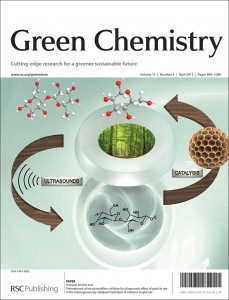
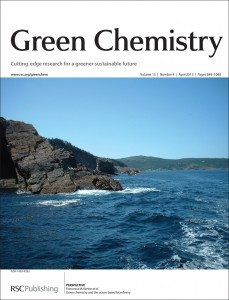
 Work by scientists from Queen’s University Belfast on
Work by scientists from Queen’s University Belfast on 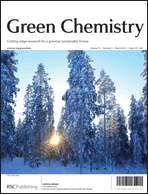 The front cover of this issue highlights a Critical Review by
The front cover of this issue highlights a Critical Review by 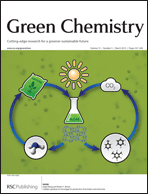 The inside front cover features work by
The inside front cover features work by 
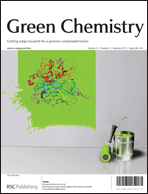 This issue features work by
This issue features work by 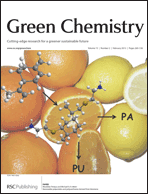 The inside front cover features work by
The inside front cover features work by 
 As the year draws to a close, here is a list of the top 10 cited review articles in Green Chemistry in 2012 – all free to access until the
As the year draws to a close, here is a list of the top 10 cited review articles in Green Chemistry in 2012 – all free to access until the  The front cover of this month’s issue highlights the work of
The front cover of this month’s issue highlights the work of 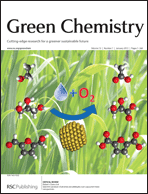 The inside front cover features the work by
The inside front cover features the work by